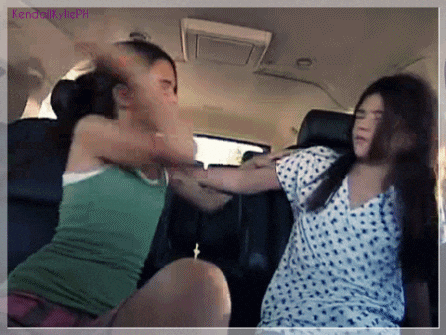A Court of Terrible Decisions: A Spoiler-Filled Look at ACOTAR
I was rooting for the beasts of the forest so hard that I had to take a break halfway through.
Bad Romance Title: A Court of Reliably Terrible Decisions by Everyone
Bad Romance Subtitle: Confusion about the scandalized buzz; perhaps BookTok has ruined me.
WARNING: This review contains major spoilers for A Court of Thorns and Roses. Please be aware that if you haven't read the book, this post will discuss key plot details and major reveals!
The First Half: Beauty, Beast, and Questionable Life Choices
Meet Feyre, a nineteen-year-old huntress with more bad decisions under her belt than actual hunting skills. After killing a wolf in the woods—complete with a gut-punch whimpering sound effect because Sarah J. Maas wants you to feel things—Feyre is dragged off by Tamlin, a fae-shaped golden beast who’s giving big "corporate HR enforcing obscure contract clauses" energy. Her crime? Killing a faerie. Her punishment? A mandatory relocation to Prythian, the fae realm of moody forests, masked hotties, and cryptic warnings.
Once she’s there, Feyre embarks on a slow-burn journey of…mostly infuriating decisions. Like, girl, your family doesn’t care about you! Stop trying to get home to them! And Tamlin might be hot, but he’s also cursed and withholding 90% of the information you need. And yet Feyre’s brain, possibly suffering from years of malnutrition and sleep deprivation, decides to consistently always make the worst possible choices.
All Hail Alison Bechdel
Shockingly, we have a pass! Feyre and her sisters discuss things other than men—albeit while being terrible to one another. The bar is in Antarctica, and yet, we’ve cleared it!
Tamlin: The Golden Beast and Pro-Level Brooder
Tamlin is the High Lord of the Spring Court, which sounds like a fae version of a pastel Pinterest board. He’s broody, handsome, and saddled with a curse that’s somehow both convoluted and basic. Despite all of BookTok warning me against rooting for him, I kinda get it. He spends actual time with Feyre—hours, days, weeks—something most romance novels skip in favor of insta-love via smoldering glances. They swim, talk, and have longing looks that teeter between sweet and "come on already."
But Feyre’s knack for ignoring common sense is exhausting. When Tamlin warns her about magical rituals that scream “DO NOT ATTEND,” what does she do? Goes anyway. And then goes out again. Feyre, you’re making me root for the Darwin Awards here.
Under the Mountain: Hunger Games, But Make It Fae
Halfway through, we go from a meandering slow burn to full-throttle survival drama. Feyre, now a prisoner in Amarantha’s court, is thrown into a series of deadly tasks straight out of a fae horror show. The first? A labyrinth worm fight where survival odds are lower than a non-toxic romance in Prythian. The second? Solving a death trap puzzle. The third? Stabbing three faeries—one of whom turns out to be Tamlin, but with a literal heart of stone.
And then there’s Rhysand, who enters the story as a walking moral quandary. He’s mysterious, morally grey, and the fae equivalent of the “friend of” who stresses out the girl’s boyfriend. Every step forward with him comes with an icky misstep backward, but by the end, his actions sort of make sense. Sort of.
The Second Half Comeback
The second half of the book feels like Maas finally decided, “You know what? Let’s GO.” Feyre transforms from frustratingly reckless to genuinely resourceful, and the Hunger Games vibes make the plot gripping. Amarantha is defeated, Feyre dies, but don’t worry—she’s resurrected as High Fae in the most literally glowing ending possible.
Final Thoughts
The book’s pacing is, uh, uneven, but by the end, it left me intrigued enough to try the next installment. The first half dragged like a slow-motion fall, but the second half pulled off a miracle: it made me care. As for all the OMG on BookTok? One standard sexy time session with a cursed fae wearing a mask doesn’t exactly scream taking NSFW to another level. But hey, maybe things get spicier in the sequel.
Rating:
Five Stars for…possibly the greatest second-half comeback in literary history.









